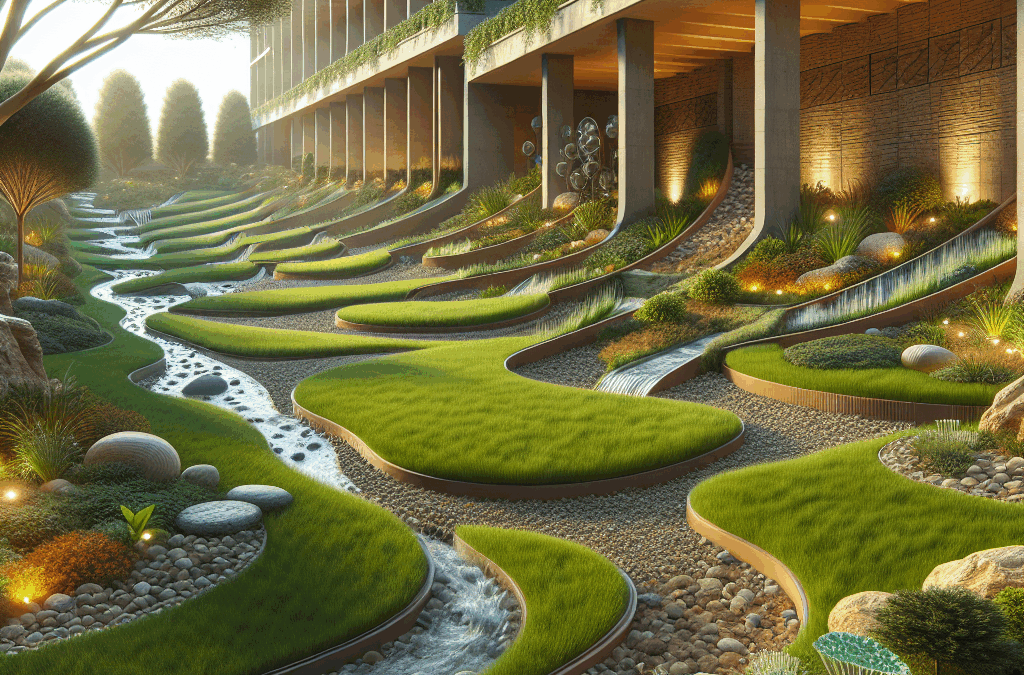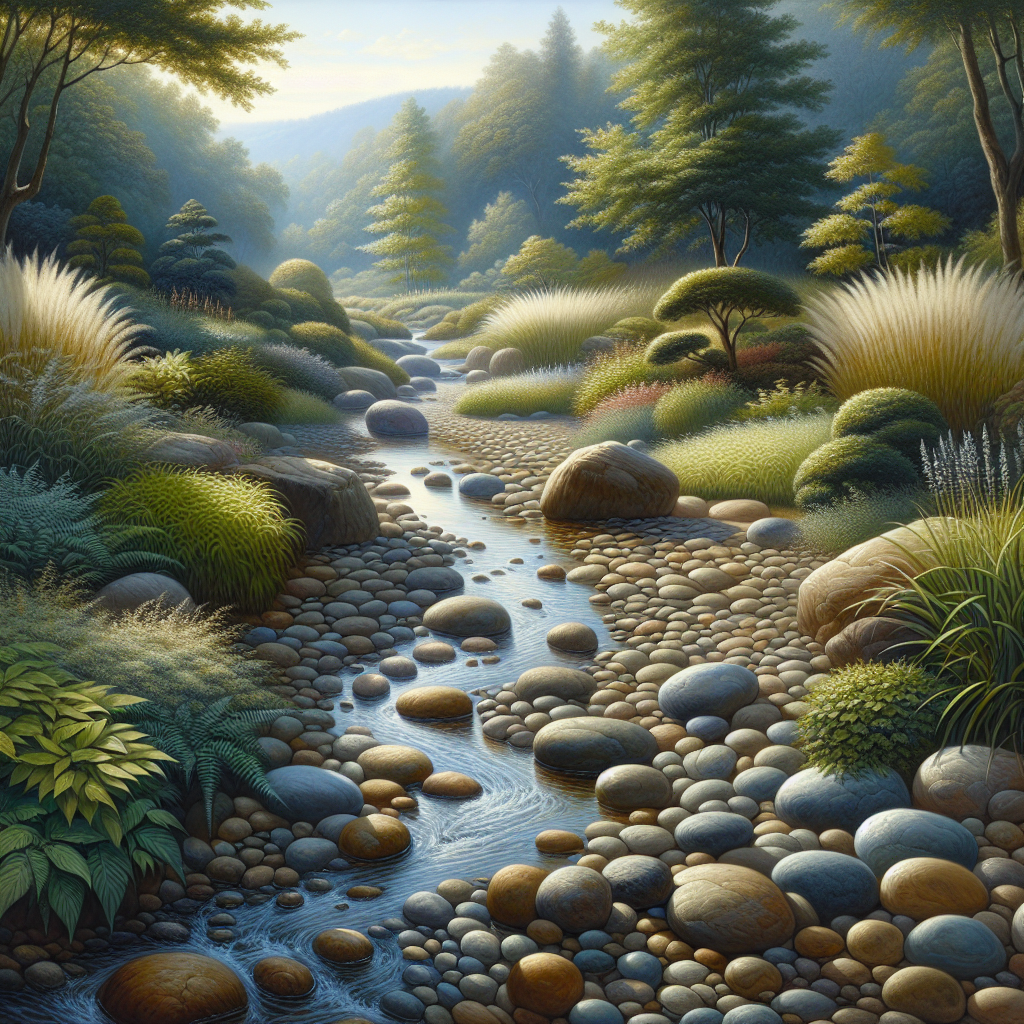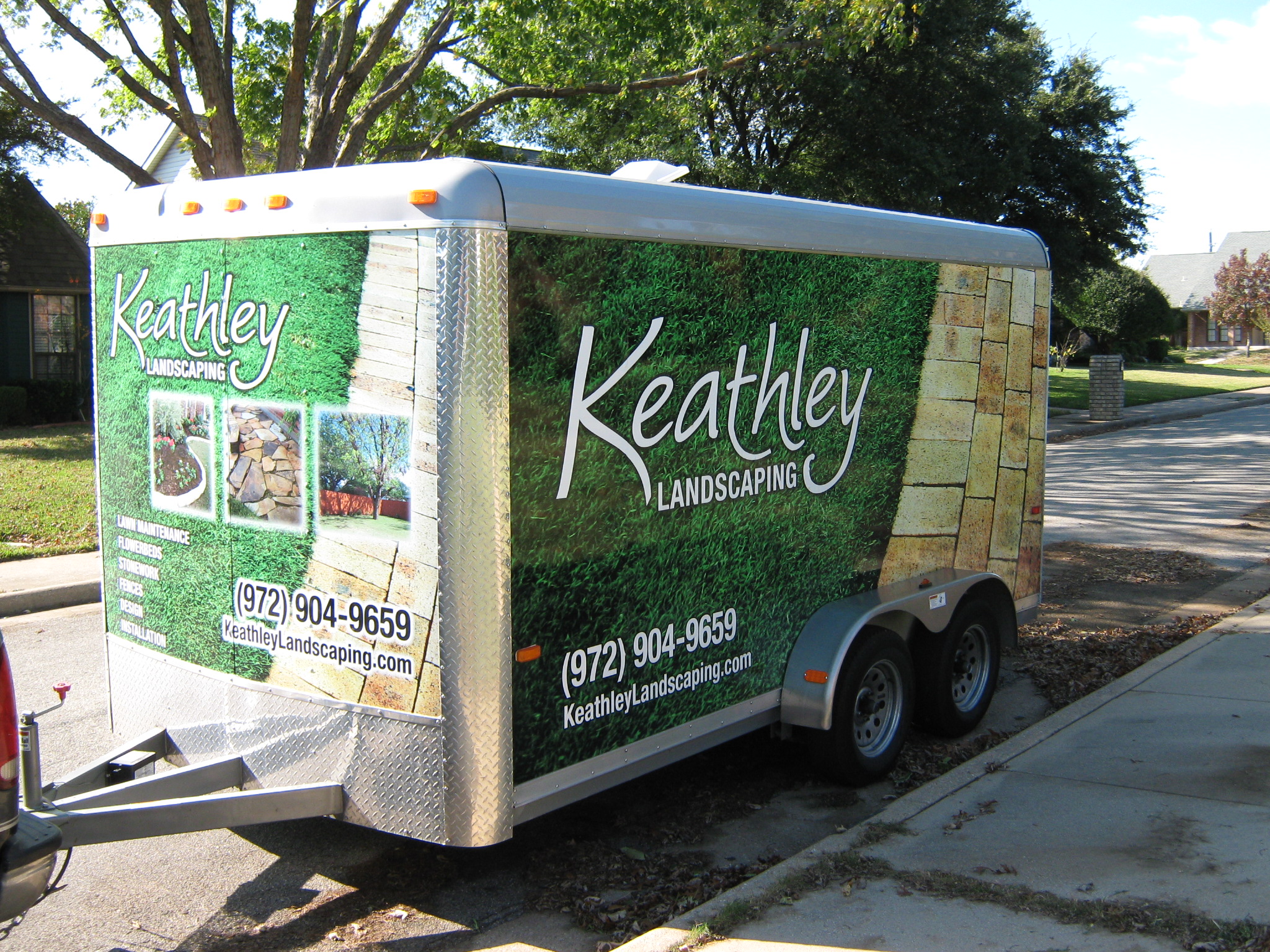Yard Drainage: Innovative Strategies for Complex Landscapes
Having a beautifully landscaped yard can be a dream come true, but poor drainage can quickly turn that dream into a muddy nightmare. Whether you’re dealing with a steep slope or a flat, expansive area, effective yard drainage is key to maintaining your landscape’s health and beauty. Let’s dive into some innovative strategies for managing drainage in complex landscapes. 🌿
Table of Contents
1. Understanding Your Landscape’s Drainage Needs
2. Innovative Drainage Solutions
3. Natural Drainage Approaches
4. Conclusion
5. FAQs
Understanding Your Landscape’s Drainage Needs
Before jumping into solutions, it’s crucial to understand the specific drainage needs of your yard. Does water pool in certain areas? Are there erosion issues on slopes? Identifying these problems will help tailor solutions that work best for your landscape.
Consider conducting a simple test by observing your yard after a heavy rain. Note where water accumulates and how it moves. This will give you valuable insights into the areas that need attention. 🕵️♂️💧
Innovative Drainage Solutions
Once you’ve pinpointed the problem areas, it’s time to explore some innovative solutions:
1. French Drains
French drains are a popular and effective way to redirect water away from problem areas. By installing a trench filled with gravel and a perforated pipe, you can guide water away from your landscape’s trouble spots. It’s like giving your yard a secret underground highway! 🚧
2. Dry Creek Beds
For a more natural look, consider creating a dry creek bed. This not only helps with drainage but also adds a charming aesthetic to your landscape. By digging a shallow trench and filling it with rocks and gravel, you create a visually appealing path for water to flow. 🌊
3. Rain Gardens
Rain gardens are a sustainable solution that uses native plants to absorb excess water. By selecting water-loving plants, you can turn a soggy area into a vibrant garden while improving drainage. Plus, it’s a fantastic way to support local wildlife! 🦋🌺
Natural Drainage Approaches
Sometimes, nature offers the best solutions. Here are a couple of natural approaches to consider:
1. Contour Planting
Planting along the natural contours of your land can significantly improve water absorption. This method reduces runoff and encourages water to soak into the soil, nourishing your plants. 🌱
2. Mulching
Adding a layer of mulch can help control erosion and retain moisture. It acts as a protective barrier, keeping soil in place and reducing water runoff during heavy rains. 🌾
Conclusion
Effective yard drainage is essential for preserving the beauty and functionality of your landscape. By understanding your yard’s unique needs and employing innovative and natural strategies, you can keep your outdoor space looking its best while preventing damage from poor drainage. Happy landscaping! 🏡
FAQs
Q1: How do I know if my yard has a drainage problem?
A1: Signs of drainage issues include water pooling in areas after rain, erosion, and damp spots that never seem to dry out. Observing your yard during and after a rainstorm can provide valuable insights.
Q2: Can I install a French drain myself?
A2: Yes, with some basic tools and a bit of elbow grease, many homeowners can install a French drain. However, for complex landscapes, consulting a professional may be beneficial.
Q3: Are rain gardens difficult to maintain?
A3: Not at all! Once established, rain gardens require minimal maintenance. Choose native plants suited to your local climate for the best results.
Q4: Will a dry creek bed attract pests?
A4: When properly designed, dry creek beds shouldn’t attract pests. Ensure proper drainage and avoid stagnant water to keep pests at bay.
Q5: How often should I check my yard’s drainage?
A5: It’s a good idea to check your yard’s drainage at the start of each season and after significant weather events to ensure everything is functioning correctly.








































Recent Comments